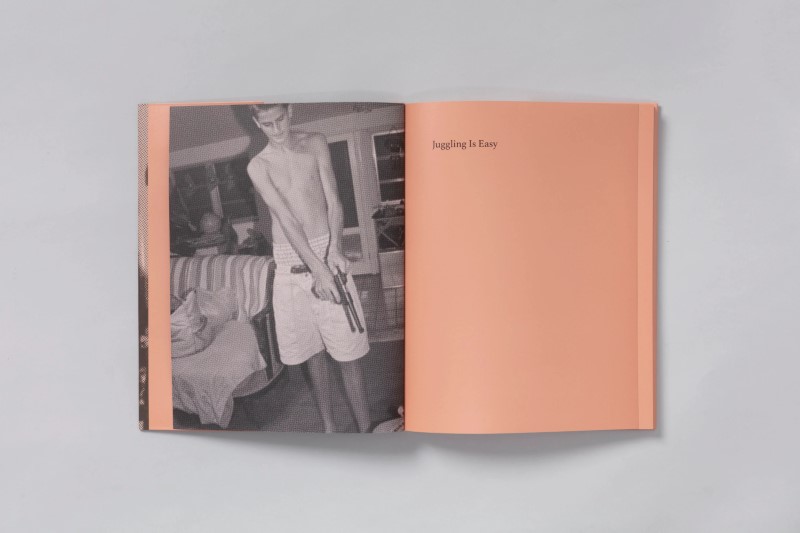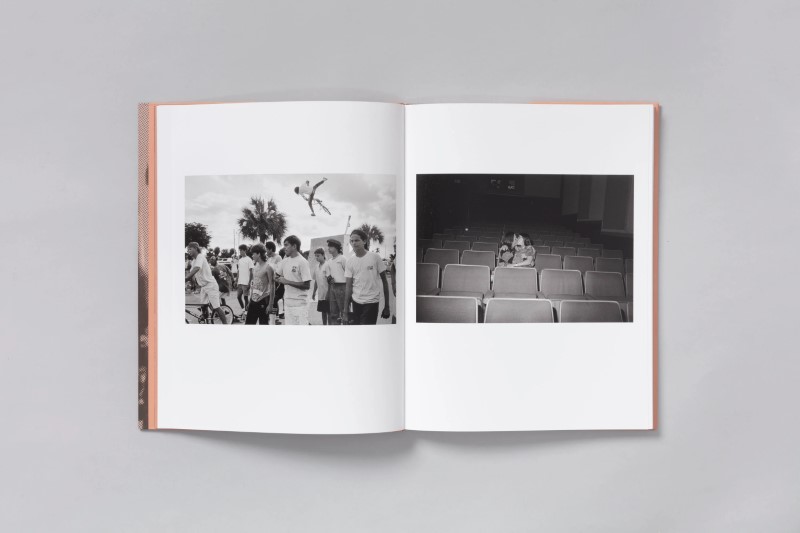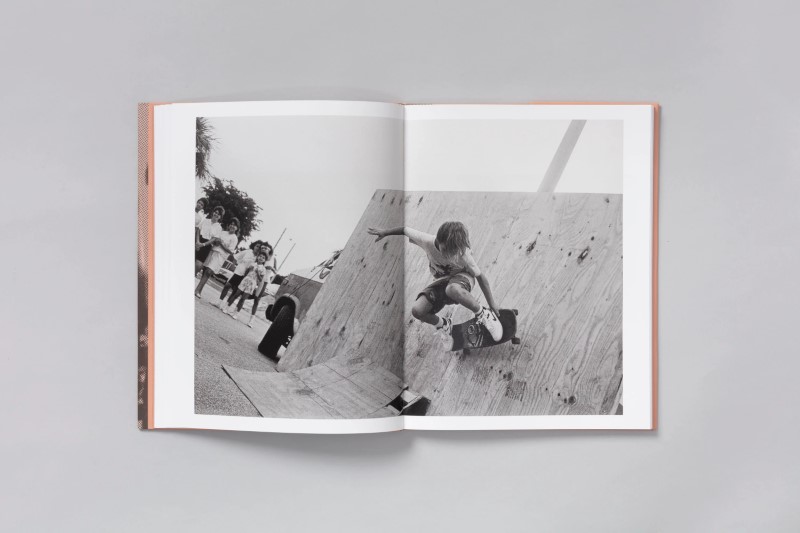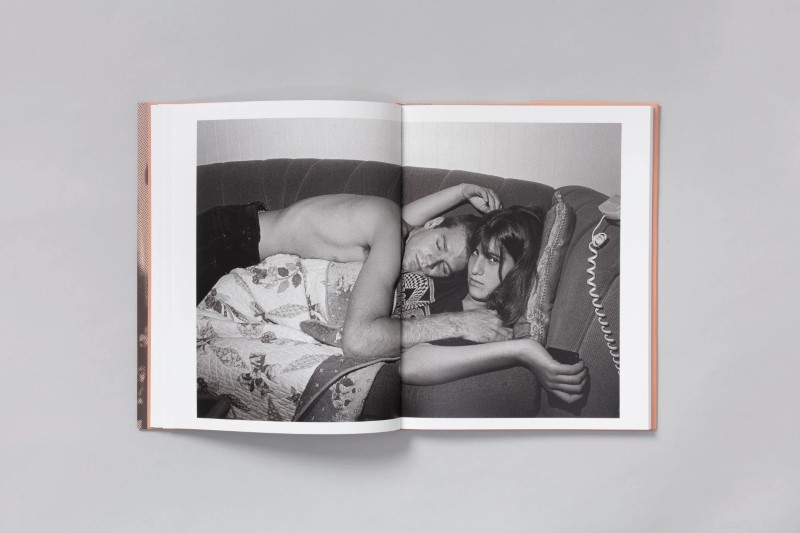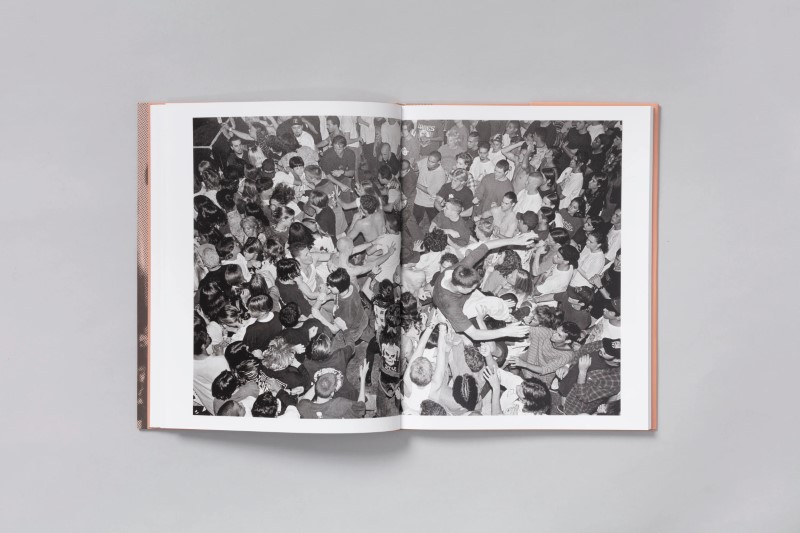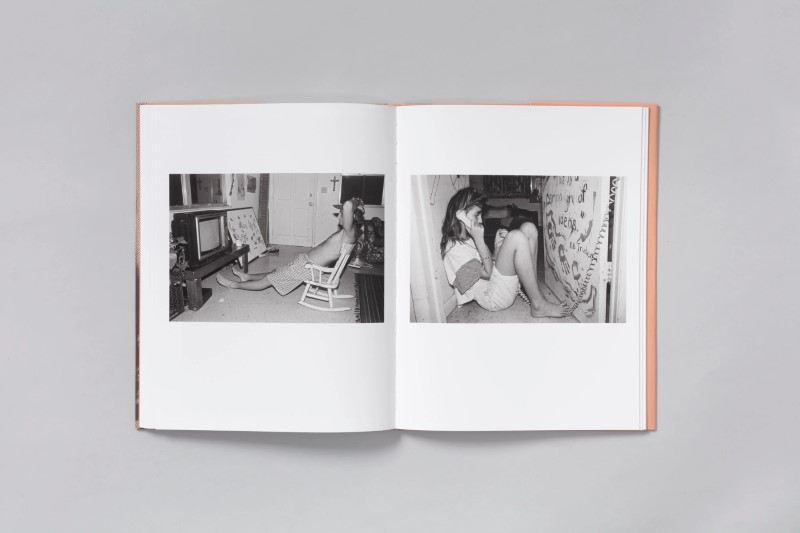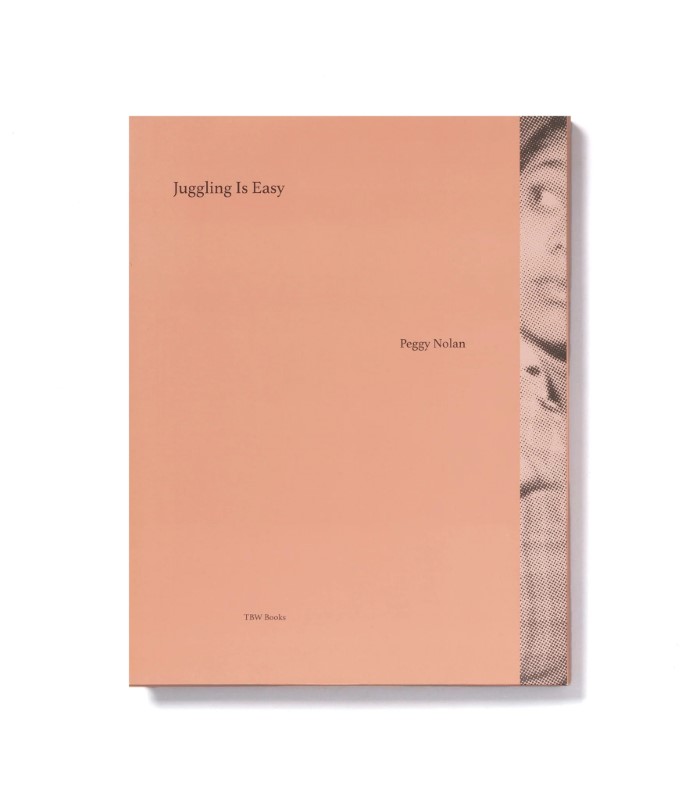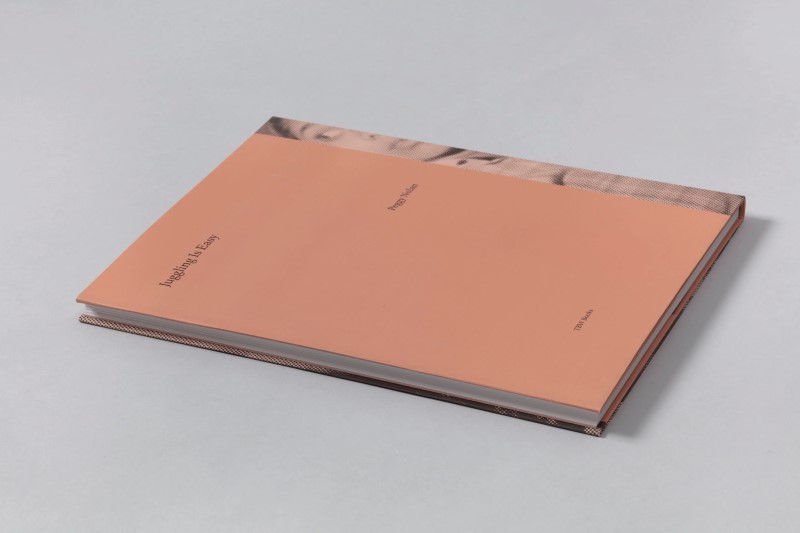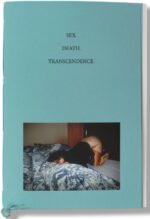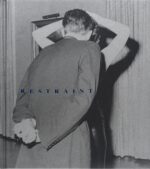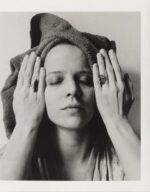Dans son nouveau livre, Juggling Is Easy, Peggy Nolan nous invite chez elle dans les années 1980 et 1990 et nous montre comment ses enfants vivaient. « J’étais à l’écoute du fait qu’ils voulaient la vie privée et ne pouvaient pas l’obtenir », dit Nolan. « Nous étions au-dessus les uns des autres. » Pendant longtemps, Peggy Nolan a dormi sur le canapé pendant que les enfants partageaient les chambres. « J’ai toujours essayé de donner à mes filles leur propre espace. »
Peggy Nolan a d’abord acheté un appareil photo au début des années 1980, lorsque son père lui a offert un Nikon que quelqu’un avait vendu à son prêteur sur gages. À l’époque, elle élevait quatre fils et trois filles, tous nés entre 1967 et 1982, dans des logements subventionnés par le gouvernement à Miami au milieu d’un mariage de crises et de mises en chantier. La photographie semblait innée à Nolan depuis le début : comment cadrer un plan, comment considérer les bords. Elle a rapidement accroché, prenant des milliers de photos de ses enfants dans des fosses mosh, sautant des ponts et se remettant d’un accident de voiture. Comme le font les mères. « J’aime beaucoup les adolescents », me dit Nolan. « Ils pensent qu’ils peuvent vivre éternellement. L’angoisse, la colère, l’excitation, l’avenir, la prise de risque… Tout cela, je le vois. Ils ne le cachent pas. »
In her new book, Juggling Is Easy, Peggy Nolan invites us into her home in the 1980s and ’90s and shows us how her kids lived. “I was attuned to the fact that they wanted privacy and couldn’t get it,” Nolan says. “We were on top of each other.” For a long time, Nolan slept on the couch while the kids shared the bedrooms. “I always tried to give my daughters their own space.”
Peggy Nolan first picked up a camera in the early 1980s, when her father gifted her a Nikon that someone had hocked at his pawn shop. At the time, she was raising four sons and three daughters, all born between 1967 and 1982, in government-subsidized housing in Miami amid a marriage of fits and starts. Photography felt innate to Nolan from the beginning—how to frame a shot, how to consider the edges. She quickly got hooked, snapping thousands of photographs of her kids in mosh pits, jumping off bridges, and recovering from a car accident. As moms do. “I like teenagers a lot,” Nolan tells me. “They think they can live forever. The angst, the anger, the excitement, the future, the risk-taking… All of that, I see it. They don’t hide it.”


